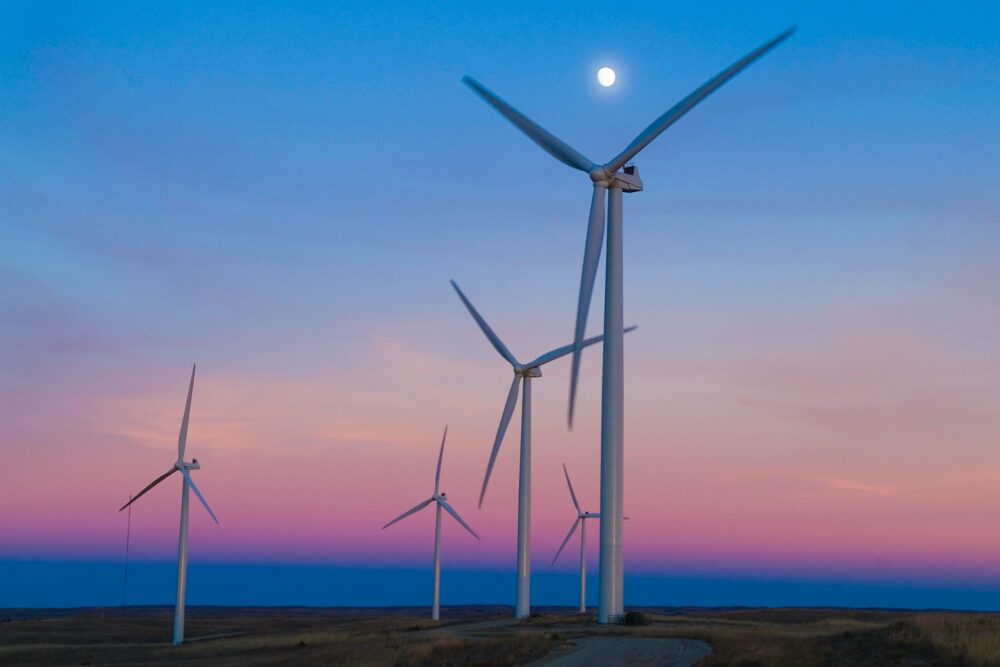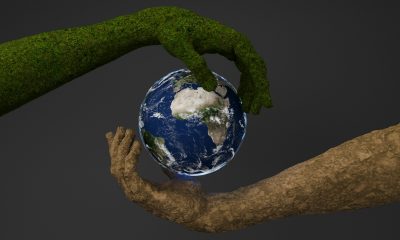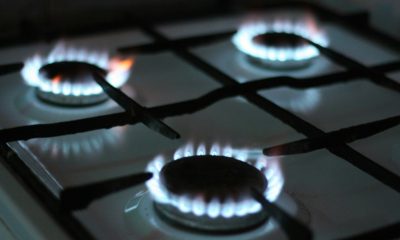Impact Investing
Energy Transition: Morocco Strengthens its Energy Autonomy
Morocco’s electricity production rose to 42.38 TWh in 2023, with renewables reaching 40% of installed capacity. Despite coal’s dominance, its share declined, highlighting a shift to sustainable energy. Investments in solar, wind, and green hydrogen are accelerating, though challenges in financing and infrastructure remain. Morocco aims to become a global leader in green hydrogen production.

Faced with the climate emergency, Morocco is moving forward on a ridge line. Notable progress in renewable energies, stated ambitions for green hydrogen, but persistent challenges related to financing and the integration of technologies. Faced with climate disruption, the energy transition has become an imperative.
In this context, Morocco, often cited as an example among emerging nations, displays significant ambitions aimed at making renewable energies the foundation of its energy development. A strategy that raises questions about the concrete progress made and the challenges to come.
A changing energy mix
According to the latest figures from the National Electricity Regulatory Authority (ANRE), Morocco recorded a national electricity production of 42.38 terawatt hours (TWh) in 2023, marking an increase of 2.3% compared to a year earlier. This progress reflects the effectiveness of public policies aimed at meeting growing demand, which reached 43.95 TWh (+4%), with nearly 96% of demand covered by national production.
However, the dominance of coal-fired power plants, responsible for 64% of electricity produced, is a reminder of the persistent challenges in the energy transition. Despite this predominance, coal-fired generation recorded a decline of 6.6% in 2023, reflecting a gradual shift towards more sustainable energy sources.
At the same time, renewable energies represent around 40% of installed electrical capacity, a growing figure that is approaching the mix objectives set at 52% for 2030. With a total capacity slightly exceeding 11,000 MW, the energy mix remains dominated by thermal energies (coal and natural gas), which continue to weigh heavily on the energy bill.
Energy transition: The rise of renewable energies
The development of renewable energies is the linchpin of the national energy strategy. In 2023, the installed capacity reached 4,618 MW, up 11.2% compared to 2022. These energies represent 40.4% of the total electrical capacity and 21.7% of national production, thanks to strategic investments in solar, wind and hydraulic infrastructures.
With an installed capacity reaching 2,017 MW in 2024, wind power now contributes 15.4% to the national energy mix, representing 43.7% of renewable energies. While technical and economic successes, such as the Tarfaya and Boujdour wind farms, illustrate its potential, the rate of growth is slowing.
Despite an annual increase in production of 23.2%, investments in new capacities are struggling to take off. The regulatory framework, although attractive on paper, is hampered by administrative delays and difficulties in integrating into the electricity network.
Yet the potential remains immense, particularly in strategic areas such as the Strait of Gibraltar and the southern plains, where wind resources are among the most competitive in the world. But it is under the bright sun of Ouarzazate, where the Noor complex reigns supreme, that Morocco displays its most beautiful solar showcase.
In 2024, with an installed capacity reaching 831 MW, solar energy represents 7.3% of the national energy capacity and 5% of electricity production. Large-scale projects, such as Noor Midelt, combining concentrated solar power (CSP) and photovoltaics, embody the ambition of the national solar plan.
However, despite these advances, the sector’s growth remains hampered by still high costs for certain technologies and limited access to private financing. However, in a country facing increasing water stress and where resource management is becoming critical, infrastructures such as pumped storage energy systems (PSEs) are emerging as essential solutions to stabilize the grid and support the growth of renewable energies.
Green hydrogen, a bet for the future
The year 2024 also marks an important step in the integration of green hydrogen into the national strategy for energy transition. With the ambition of becoming a regional hub, Morocco is banking on its renewable potential to produce decarbonized hydrogen for export and local industries.
This commitment is reflected in strategic partnerships, such as the one between OCP and Engie, aimed at developing green hydrogen production infrastructures and low-carbon energy projects. The announced potential reaches 2 GW by 2027 and could triple by 2032.
Furthermore, TotalEnergies plans to set up a plant near Chbika in the Guelmim-Oued Noun region, capable of transforming green hydrogen into 200,000 tonnes of green ammonia each year, for the European market.
This project, requiring an investment of 2 billion euros, illustrates Morocco’s ambitions to establish itself as a key player in this booming market.
An open-air laboratory
While Morocco can boast of its progress, it still faces major challenges. Access to financing, the integration of intermittent energies into the network and the rise of local industrial production capacities are all obstacles to overcome.
The electrification of uses, particularly in transport and industry, is still in its infancy, as is dependence on fossil fuels, particularly coal. In this energy transition, Morocco is establishing itself as an open-air laboratory, which, despite limited resources, has managed to place renewables at the heart of its energy policy.
Green hydrogen, a strategic bet
Morocco intends to play a central role in the global energy transition thanks to green hydrogen, presented as a solution for the future. With a projected production capacity of more than nine million tonnes per year by 2050, seven million of which could be intended for export, the Kingdom aims to capture 4% of global demand by 2030.
This market, estimated at more than 13 billion dollars, relies on exceptional natural assets, notably the sun and the wind. To realize these prospects, the government is putting forward structuring initiatives.
At the 4th edition of Power to X, held last October in Marrakech, Minister Younes Sekkouri announced the creation of 30,000 jobs in the hydrogen sector, including industry, decarbonization and electric mobility. That said, the training of qualified skills and the development of infrastructure remain priorities to make green hydrogen a lever for economic transformation.
__
(Featured image by American Public Power Association via Unsplash)
DISCLAIMER: This article was written by a third party contributor and does not reflect the opinion of Born2Invest, its management, staff or its associates. Please review our disclaimer for more information.
This article may include forward-looking statements. These forward-looking statements generally are identified by the words “believe,” “project,” “estimate,” “become,” “plan,” “will,” and similar expressions. These forward-looking statements involve known and unknown risks as well as uncertainties, including those discussed in the following cautionary statements and elsewhere in this article and on this site. Although the Company may believe that its expectations are based on reasonable assumptions, the actual results that the Company may achieve may differ materially from any forward-looking statements, which reflect the opinions of the management of the Company only as of the date hereof. Additionally, please make sure to read these important disclosures.
First published in LES ECO.MA. A third-party contributor translated and adapted the article from the original. In case of discrepancy, the original will prevail.
Although we made reasonable efforts to provide accurate translations, some parts may be incorrect. Born2Invest assumes no responsibility for errors, omissions or ambiguities in the translations provided on this website. Any person or entity relying on translated content does so at their own risk. Born2Invest is not responsible for losses caused by such reliance on the accuracy or reliability of translated information. If you wish to report an error or inaccuracy in the translation, we encourage you to contact us

-

 Cannabis3 days ago
Cannabis3 days agoMedical Cannabis in Poland 2025: Growth, Stability, and Wider Access
-

 Impact Investing1 week ago
Impact Investing1 week agoEU End-of-Life Vehicles Rule Pushes Cars Toward a Circular Economy
-

 Business1 week ago
Business1 week agoTopRanked.io Weekly Affiliate Digest: What’s Hot in Affiliate Marketing [1xBet + FIFA World Cup]
-

 Business2 weeks ago
Business2 weeks agoThe TopRanked.io Weekly Digest: What’s Hot in Affiliate Marketing [K4G Affiliates Review]























